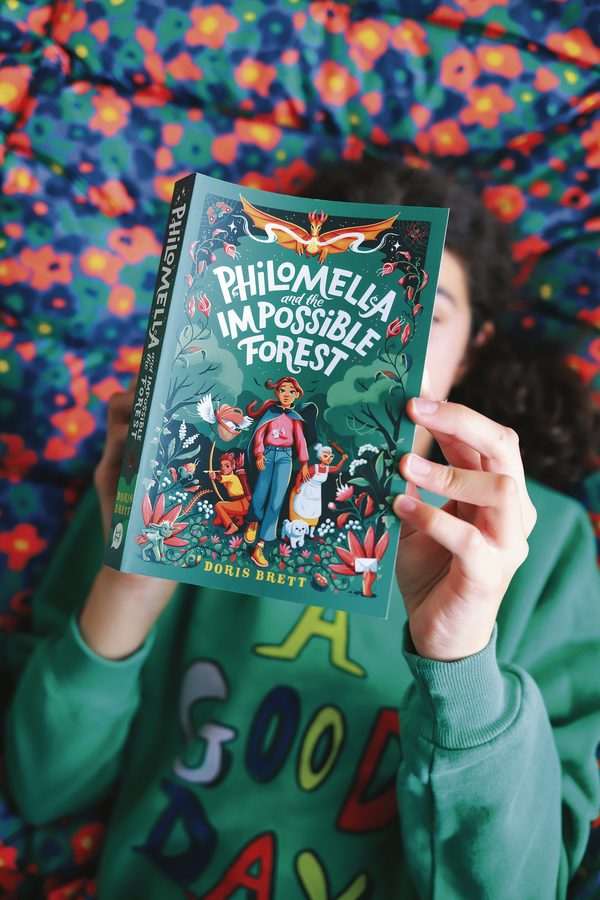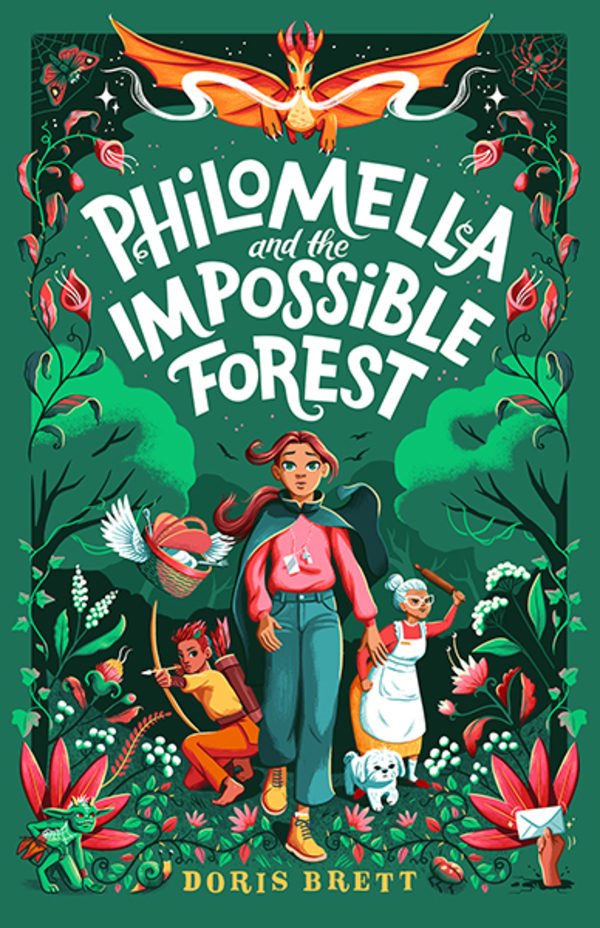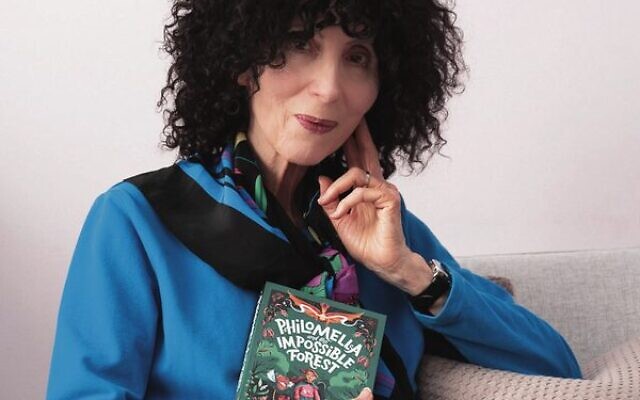Finding her way through the Impossible Forest
Books are more than words on a page. They can also be a way for children to interpret heavy psychological and emotional themes. Which is exactly what Philomella and the Impossible Forest does, while also being a story that is magical, fast-paced and adventurous. Jessica Abelsohn spoke to author Doris Brett about her new book.
Clinical psychologist and author Doris Brett loves nothing more than reading books to her granddaughter Frankie. After reading all the classics, Brett realised the next story for Frankie would have to be something she made up herself. So, the Philomella story was born.
“What I started to write was a really fun, magical, fast-paced adventure; a page turner,” Brett told The AJN. “But what I discovered as I was writing it, without even realising it, is that I was weaving all these psychological and emotional themes into it.”
All the magical challenges that Philomella faces, Brett explained, parallel the internal issues that she’s trying to work through in her everyday life.
Philomella and the Impossible Forest follows a girl who is dealing with lots of unwanted change, specifically her father leaving and her parents’ divorce. One day, she finds herself in the Impossible Forest – a world full of strange things, including a cloak that seems to be alive and a librarian with edible clothing.

The book is about facing your fears, finding strength in compassion, imagination and friendship, and according to Brett, is the beginning of a conversation between not only the reader and the book itself, but also between reader and reader.
Throughout the book, Philomella faces many challenges but realises that she is capable of doing things for herself, for others and for the greater good. While Philomella believes she is an ordinary girl, the Forest – and those who inhabit it – think otherwise, showing Philomella that all she needs is her compassion and her brain to defeat her enemy.
Each situation that Philomella finds herself facing is an opportunity to have a discussion around how she handled it.
For example, when another character Ash could easily help Philomella find her way through a challenge, he stays quiet, watching invisibly while she avoids getting herself killed by a troll. When he reveals himself, Philomella questions why he didn’t help her, only for Ash to reply that she was perfectly capable of helping herself.
Other themes that come up in the book include how children who have feet in two cultures find their way in the world, bullying, fear, making mistakes and learning from them.
The technique of using a story to help children through big themes isn’t a new one to Brett. While poetry was her first love when she started to write, when her daughter Amantha was scared to start kindergarten, Brett told her a story about a little girl called Annie, who was also scared about starting school. Annie became Amantha’s alter ego, helping her through various problems. Whenever Amantha was struggling with something in particular, it very much became a matter of ‘what would Annie do’?
“I developed a technique – creating therapeutic stories for children to help them cope with various crises, ranging from the everyday one of being scared to start kindergarten to bigger ones like divorce.” Brett recalled.
“Kids will often find it very difficult to talk directly about their emotions or their problems. If, however, you tell them a story about someone else, who’s facing a similar situation, they get very interested because it’s not threatening.” Brett explained that children listen to the story about the other person, hear what the other person did to solve the problem – what they tried, what worked and how they felt – and then relate that to their own lives.
“It’s a very gentle way of helping kids with what can often be very threatening and confronting problems that they won’t normally talk about,” she said.
When talking about her other profession – clinical psychology – Brett said the two often overlap.
“As a psychologist, you’re interested in how people evolve, how they change, how they become what they are, who they are,” she said. “[You look at] the themes in their lives, the patterns, the narratives and the plot holes. They can be the clues about why something or someone has turned out the way they have. As a therapist, that’s what you’re always looking for. You know, you’re looking at the narrative. You’re looking at all the intertwining scenes and what they mean, and the meaning of what your clients come to you with. And that’s pretty much what you do with the writer as well. They’re very much tied together.”

And while Philomella is her first children’s book, Brett has written across several genres, which she said wasn’t necessarily a conscious decision, explaining that she has written works of poetry, fiction, memoir and, as mentioned before, therapeutic storytelling for children.
Ultimately, Philomella all goes back to Annie, and how stories can help people move through the heavy emotions that every person feels, particularly our younger generations.
“There’s an awful lot in there,” Brett acknowledged. “The book provides a lovely way in which parents and teachers can talk about quite important topics without being confronting.”
While being, of course, a magical story about a young girl finding her strength, using her brains and setting out to do the impossible – save the forest and learn how to save herself.
Philomella and the Impossible Forest is published by Hardie Grant, $18.99 rrp.


comments